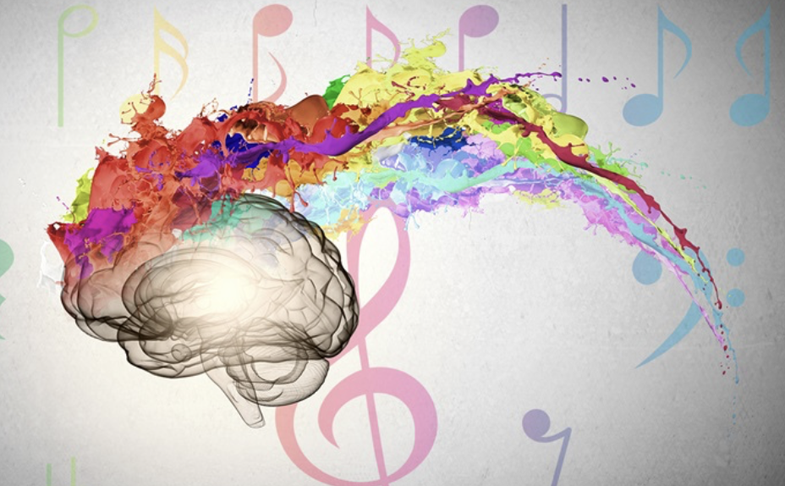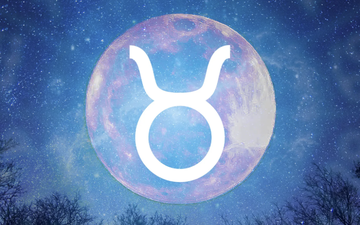
Synesthesia is a neurological condition in which information intended to stimulate one of the senses stimulates several of them. People who have synesthesia are called synesthetes. The word comes from the Greek where "synth" means "together" and "ethesia" means "perception". Synaesthetes can often "see" music as color when listening to it and "taste" textures as "round" or "sharp" when eating foods.
Researchers are not yet sure how common synesthesia is. A 2006 study proposed that it occurs in 2 to 4% of the population.

Examples of synesthesia
If you have synesthesia, you may notice that your senses tend to blend together, giving your perceptions of the world an extra dimension. Maybe every time you bite into a food, you also feel its geometric shape: round, sharp or square. Maybe when you're feeling emotional about someone you love, you can close your eyes and see some colors.
You can read these words with a variety of accompanying voices in your head, characterizing each sentence with its own identity. All of these experiences are examples of synesthesia.
Symptoms of synaesthesia
There are many types of synesthesia, all with different symptoms. Color synesthesia, where you associate letters and days of the week with colors, may be the most popular. But there is also synesthesia from sound to color, synesthesia from the shape of numbers and many others. You may have only one type of synesthesia, or a combination of several types. Here are some symptoms:
- involuntary perceptions that overlap between the senses (tasting shapes, hearing colors, etc.)
- sensory stimuli that consistently and predictably cause interaction between the senses (eg, every time you see the letter A, you see it Red).

Treatments
There is no treatment for synesthesia. Talking to a mental health professional can also help you see the value synesthesia can add to your life. Instead of having a dominant side of the brain—right or left—you may find that both sides of the brain harmonize well.
You can live a full and normal life with synesthesia. Many famous and successful people experience this phenomenon. Examples include: Kanye West, Pharrell Williams, Mary J. Blige, Tori Amos, writer Vladimir Nabokov. Painters Vincent van Gogh and Joan Mitchell are also speculated to have had synesthesia.
Testing for synesthesia
You can take free tests online. You can also test yourself by asking questions. For example, when you imagine the letter "A", does your mind associate this letter with a specific color? Name the entire alphabet, imagining each letter, observing the color that appears in your mind, and writing it down. Repeat the exercise an hour or two later. Are the letters mostly the same color every time you imagine them? If they are, you may have synesthesia.
Put on classical music and close your eyes. Choose a song you're not familiar with before settling down. What color is the music? Does each instrument seem to have a different color? Do you have a strong visual component alongside what you're listening to? If so, you may have synesthesia.





